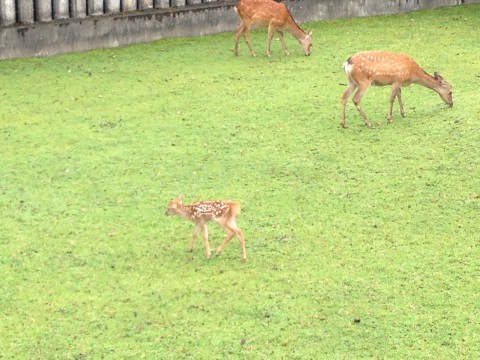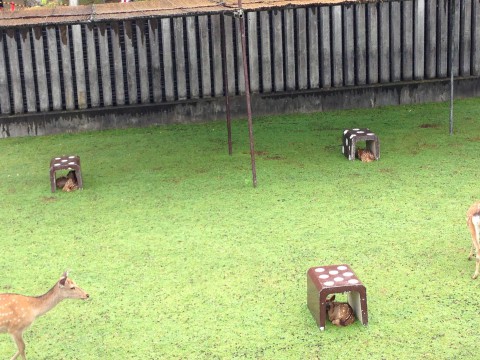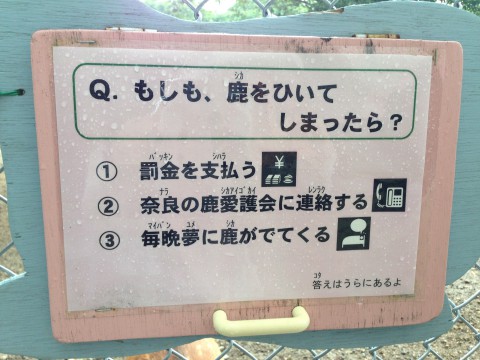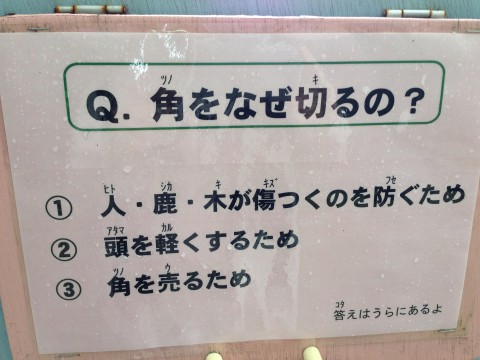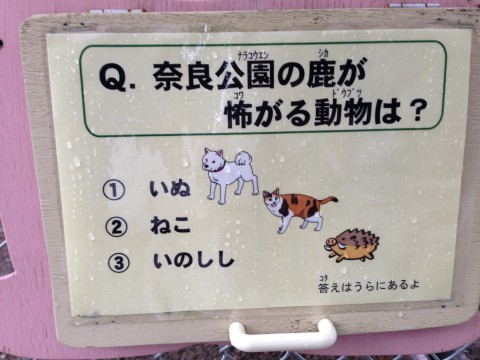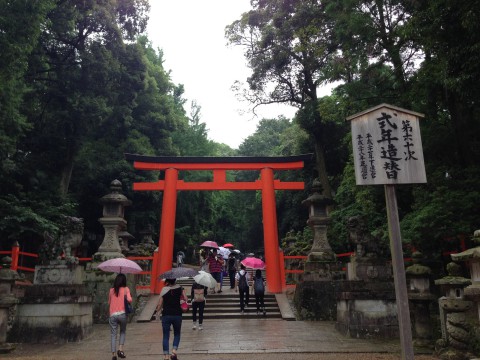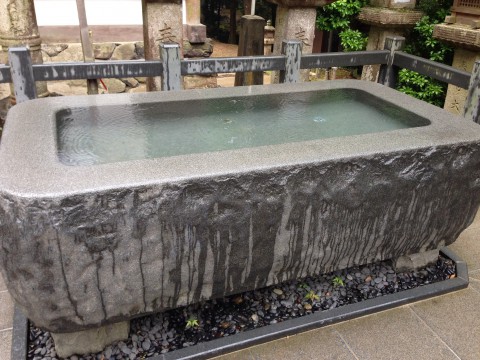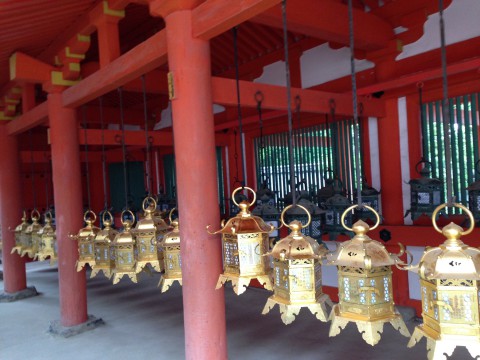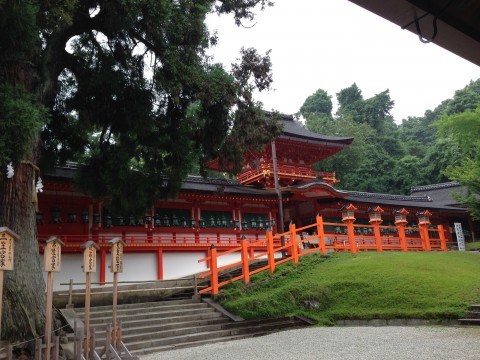You should visit at least once “Kyoto State Guest House”
2016.08.21
In Kyoto City, where is said to be the symbol of Japanese culture, The Kyoto State Guest House was built in 2005, for the purpose of welcoming cordially distinguished guests from abroad and deepening the understanding of Japanese history, tradition and culture.
And it has been opened to the public from this year.
The building adopts half-hipped roofs and the style of a tea-ceremony house.
Also, it is surrounded by a traditional mud wall with a roof. So it is dignified Japanese style. Traditional skills such as tea ceremony house carpenter, plasterer, gardening and cutting gold leaf are utilized.That is to say, it is filled with the seasoned artistry of Kyoto artisans.
Then again, they are far from ornate and so natural that you may not notice in passing by.
For example, when you open a sliding door, the wooden frame’s grain matches beautifully another one’s pattern.
In the garden, there is only one cherry tree. Although cherry blossoms are symbol of Japanese spring, its role is as a part of the appearance of the garden. I have heard that Prime Minister of Austria who stayed before was gazing the garden insatiately alone.
The application for the opening to the public for August and September was already closed.
As for after October, they will announce it soon. Please check their website below. (H.S)
Public Opening of the Kyoto State Guest House
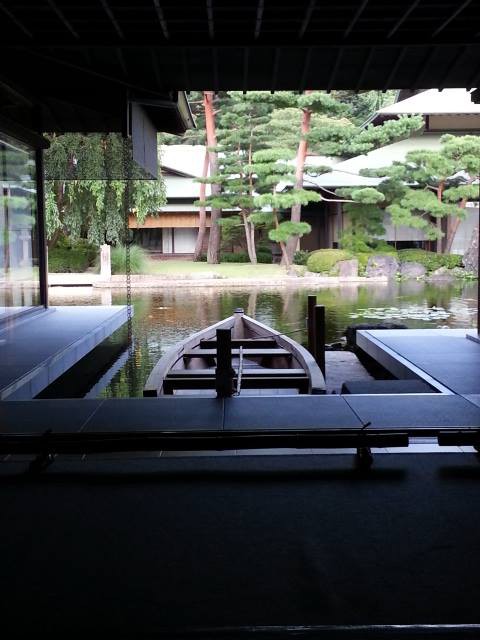
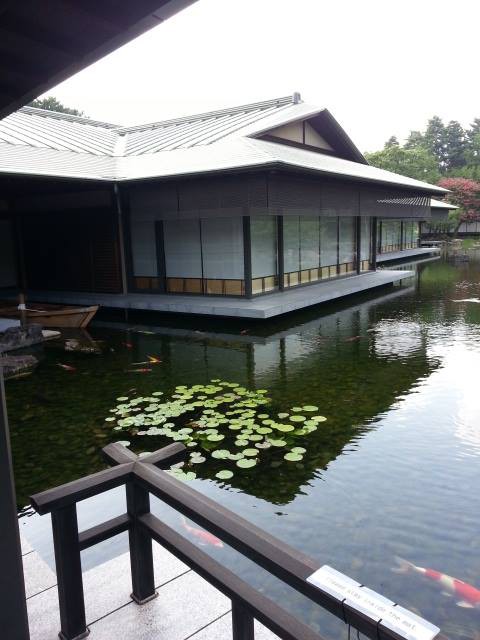
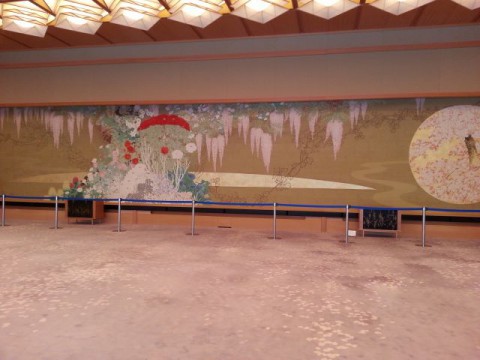
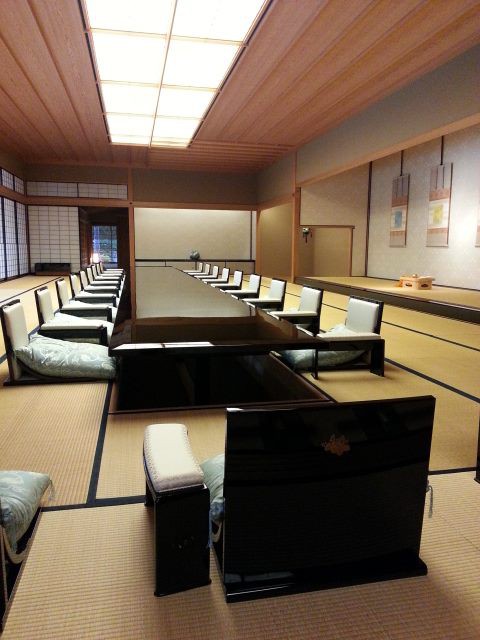

※The photos were taken by a friend of mine


